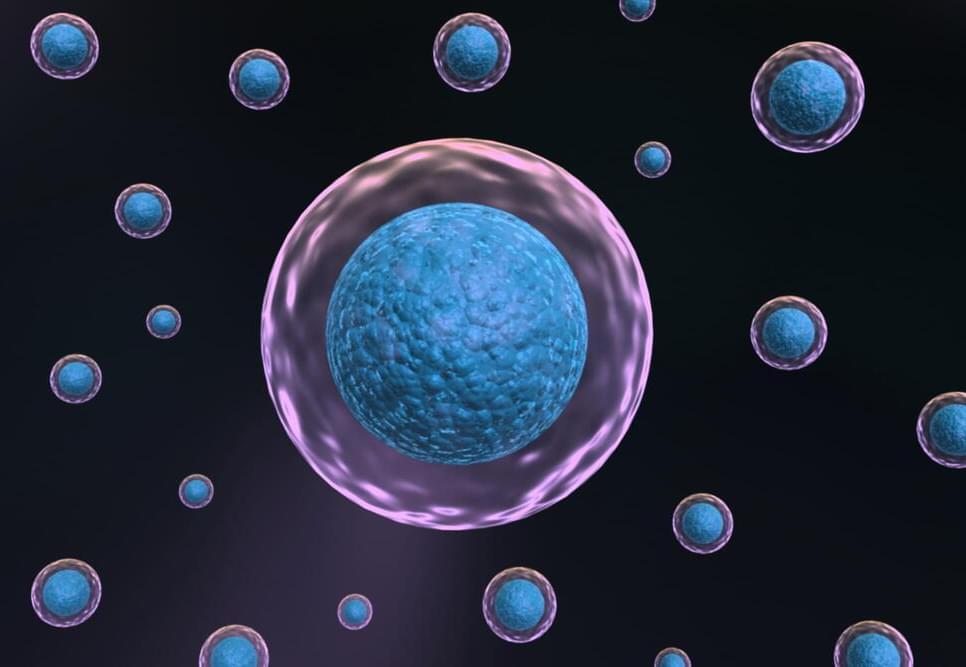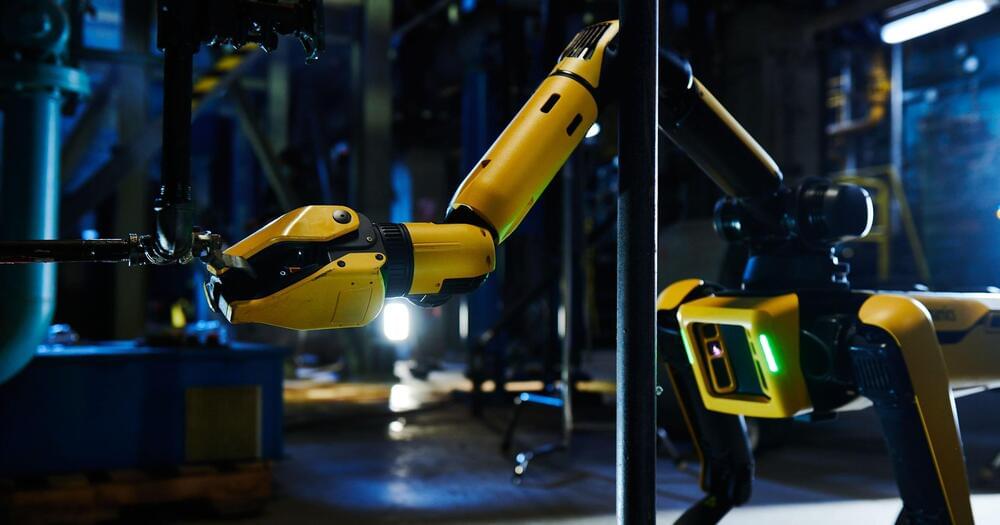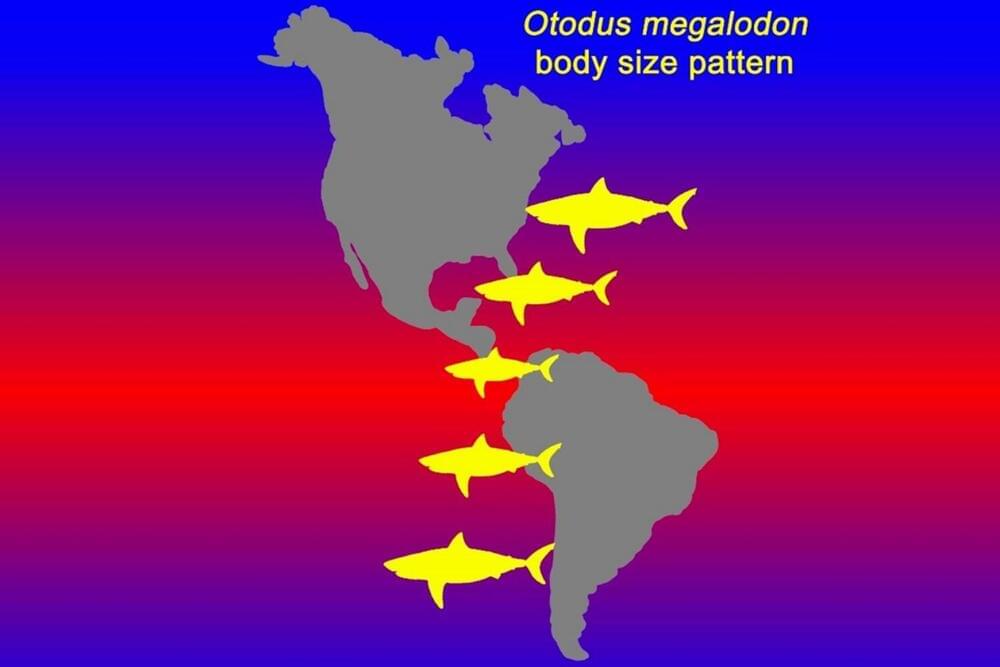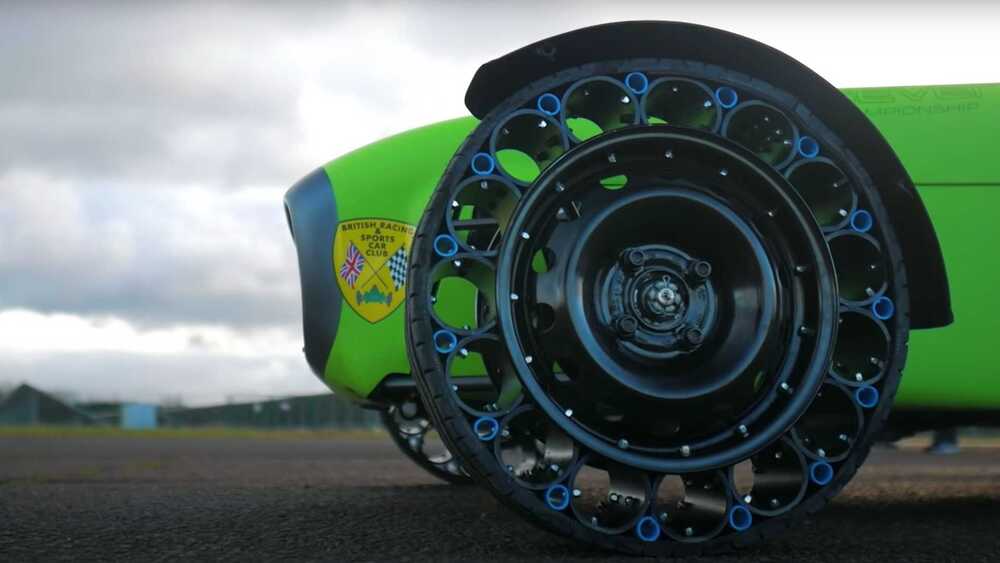Mar 7, 2022
Anti-aging molecules safely reset mouse cells to youthful states
Posted by Dan Kummer in categories: biotech/medical, chemistry, genetics, life extension, neuroscience
One of the especially promising therapies to appear in the realm of anti-aging research involves a set of molecules known as Yamanaka factors, which scientists have deployed to rejuvenate aging cells, trigger muscle regeneration and tackle glaucoma. New research at the Salk Institute has sought to build on these short-term and specific use cases by demonstrating how these molecules can reverse signs of aging in middle-aged and elderly mice, with no evidence of health problems following the extended treatment.
The Yamanaka factors at the center of this study are a set of four reprogramming molecules that can reset the molecular clock found in the cells of the body. They do so by returning unique patterns of chemicals known as epigenetic markers, which evolve through aging, to their original states.
Continue reading “Anti-aging molecules safely reset mouse cells to youthful states” »


















